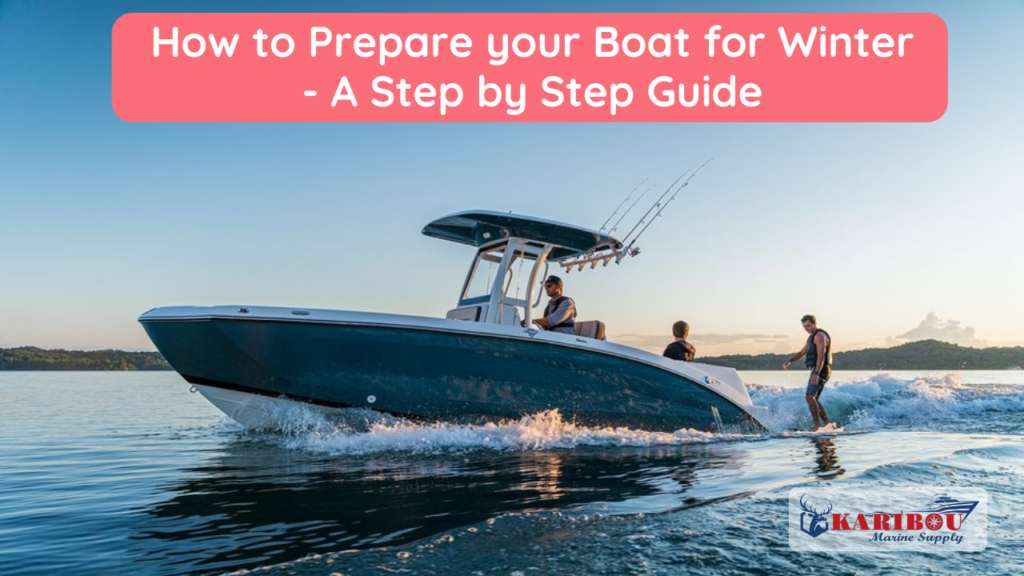Boating Equipment Tips, Guide to, How to
Winterizing an Outboard Boat Motor for Boaters
Winterizing an Outboard Boat Motor for Boaters
Many boaters know that winterization is a vital part of boat maintenance. Winterizing an outboard boat motor can extend the life of your engine and save you costly repairs. Cold-weather climates can be especially hard on an outboard motor, so it’s important to understand the steps of winterizing. From storing your boat to changing the gearcase, this guide will help you prepare your motor for the chilly months ahead.
Step 1: Check the Outboard Motor
The first step in winterizing an outboard boat motor is to check for any damage to the engine. Look for missing parts or leaks. If necessary, you may need to replace certain parts or add grease to lubricate them. You should also check the settings for the motor, such as the RPM and shifting gears. Make sure to check the owner’s manual to make sure all settings are correct.
Step 2: Change the Gearcase Lube
Changing the gearcase lube in an outboard motor is essential for protecting it against winter weather damage. You should follow the instructions on the oil container for the specific type of motor. Also, make sure to use a lower unit oil that is designed for cold temperatures. While the outboard is in operation, drain the oil at least once every year. You can use a siphon for easy draining and cleaning.
Step 3: Clean the Prop and Lower Unit
The propeller should be clean and free of debris before winterizing an outboard motor. Make sure to remove any debris and dirt that has build up on the prop. The lower unit should be inspected for signs of wear and tear or corrosion. If necessary, you can clean the lower unit with a brush.
Step 4: Lubricate the Prop and Other Moving Parts
Make sure to lubricate the propeller and other moving parts before winterizing an outboard motor. You can use a silicone spray lubricant or light oil to prevent rust or corrosion during the winter months. Pay special attention to the gears, connecting rods, and driveshaft. Also, make sure to lubricate the lower unit seals and gaskets.
Step 5: Check the Fuel System
Before storing the boat, you should check the fuel system for problems. Make sure to replace any filters that are worn out or damaged. If you choose to use a fuel stabilizer, make sure to follow the manufacturer’s instructions for use.
Step 6: Remove the Battery
The battery should be removed from the boat and stored in a cool, dry location. Make sure to charge the battery fully before storage. If possible, you can connect a trickle charger to maintain the battery while stored. This will help to extend the life of the battery and ensure its proper functioning when it is time to use it again.
Step 7: Add Stabilizer to the Fuel
Adding a fuel stabilizer to the outboard motor’s fuel system will help protect it from damage caused by sitting idle. Make sure to follow the instructions on the fuel stabilizer container for proper use. The fuel should also be drained from the fuel lines before storage.
Step 8: Store the Boat
Once you have taken the necessary steps to winterize an outboard motor, you can store the boat in a safe, dry location. Make sure to protect the boat from the elements and cover it with a tarp. This will help protect the paint and reduce the amount of maintenance that is needed before the next boating season.
Conclusion
Winterizing an outboard motor can help to extend its life and prevent costly repairs. Follow the eight steps outlined in this guide for protecting your boat motor against cold weather conditions. From checking the motor to lubricating the prop, these simple steps are necessary for proper boat maintenance and can save you money in the long run.

